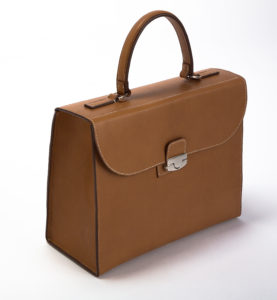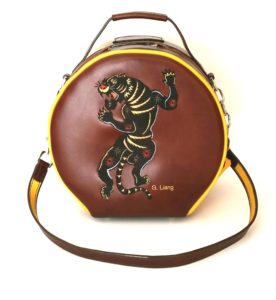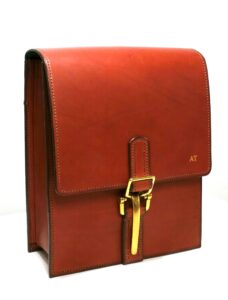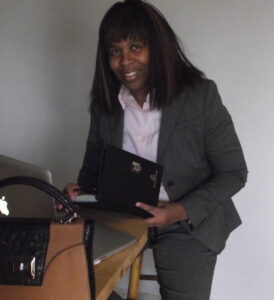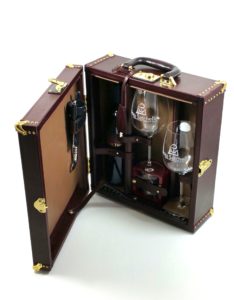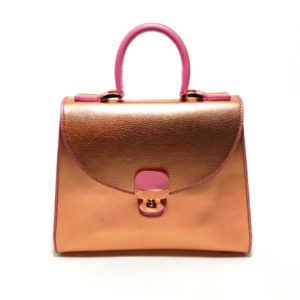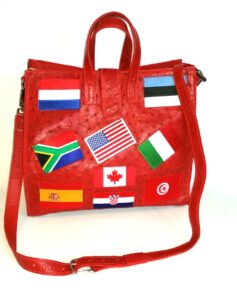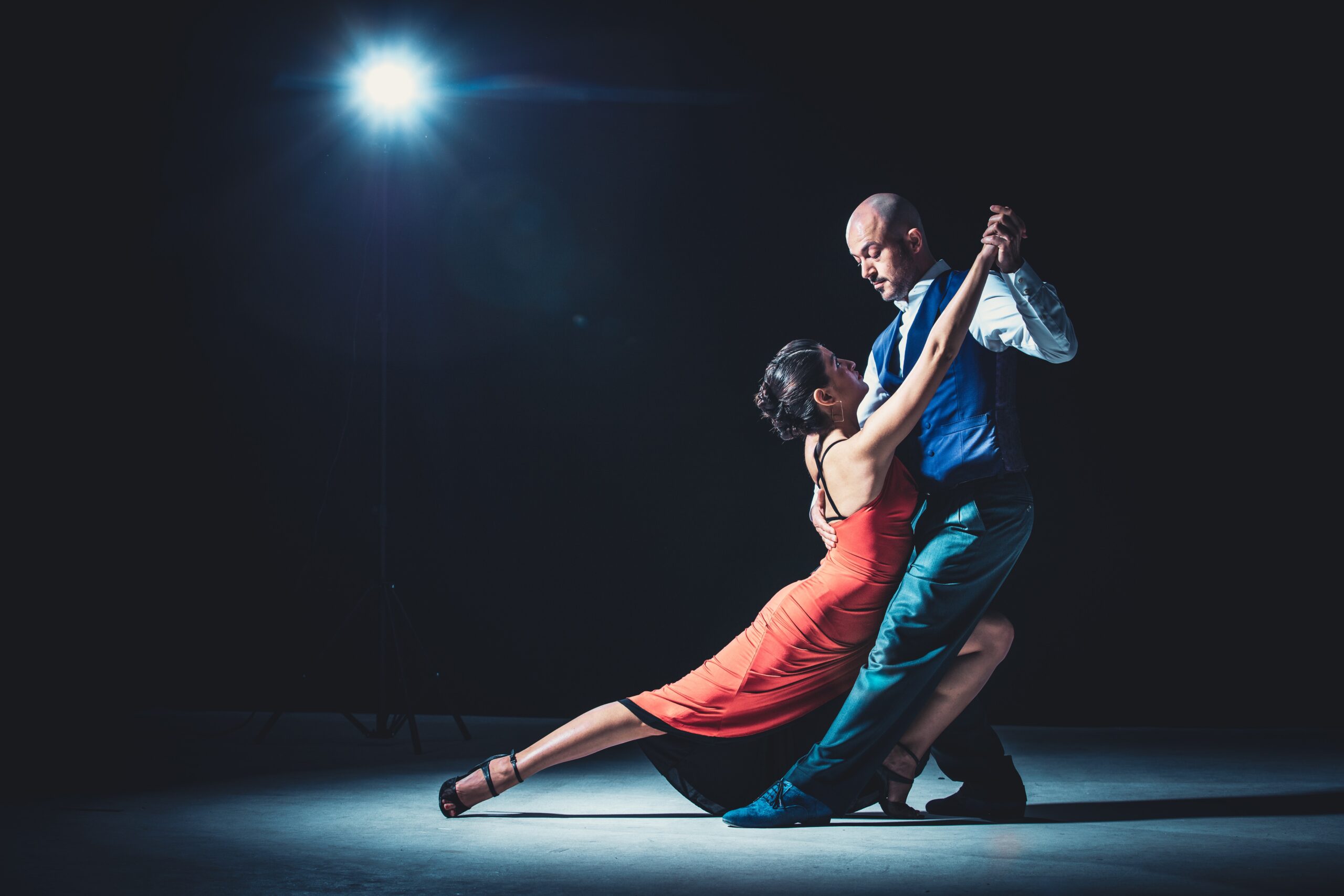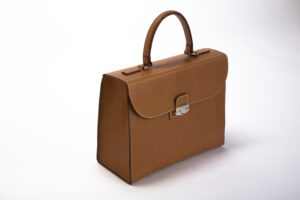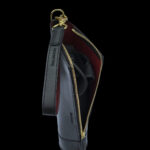“Everyone should learn to tango in Argentina before they die.
– Ian McKeever
I think those who say that you can’t tango if you are not Argentine are mistaken. Tango was an immigrant music…so it does not have a nationality. It’s only passport is feeling.
-Carlos Gavito
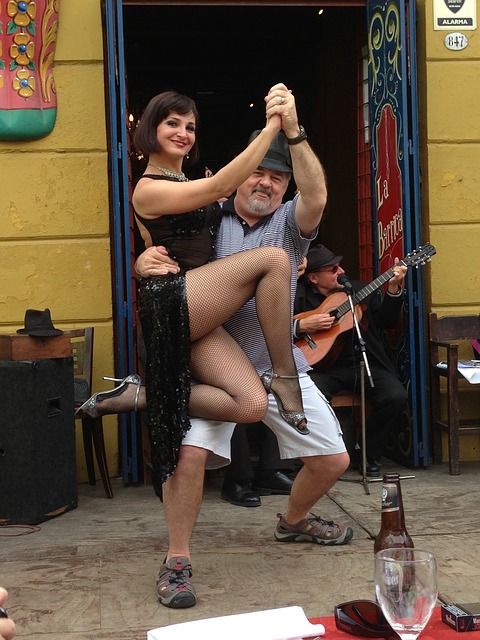
Watching a couple performing the tango, an intimate, sexy dance is quite hypnotizing. The sensual music played by a band simply consisting of a piano or barrel organ, an accordion (or its cousin a bandoneon), a guitar and a violin or a full fledge orchestra. That music performed with two emotionally connected partners displays the true art of exceptional body language.
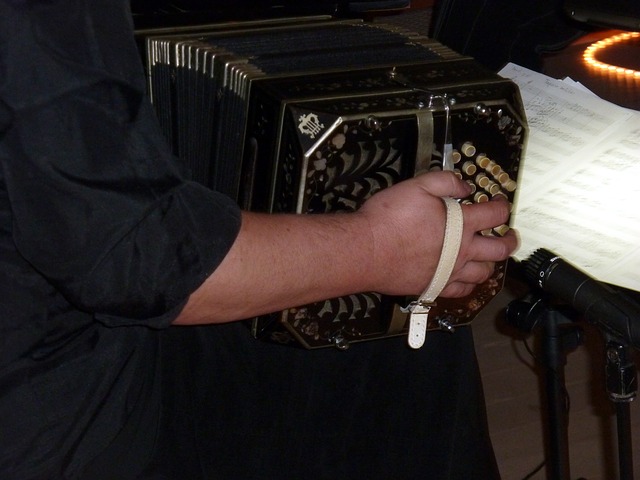
Tango’s dance and music influences have quite a colorful history. European immigrants, mainly from Italy and Spain, seeking their fortune, arrived in droves to the two neighboring South American ports cities of Montevideo, Uruguay and Buenos Aires, Argentina. With a combination of their European music and dances of the waltz and polka mixed with Cuba and African influences, the tango was born.

This street dance came from working and lower class peoples who danced in bordellos and dance halls (milongas) which by the way, was practiced between men because so few women were in the city. Men partnered with each other to get better at their craft to win the attention of a woman. The social dance’s popularity exploded once the high society class appropriated the style and introduced it to Europe. Eventually, tango dancers and musicians from Buenos Aires traveled to Europe in the early 1900s touring the continent. The shocking, yet sensuous dance style grew in Paris, London and other large metropolitan cities, eventually making its way to the United States. Subsequently, with all its world travels, the tango has seen numerous modifications depending on the region of the world.
Tango is a way of life for Argentineans and is woven throughout its rich heritage and culture. For lovers of all that is dance, wanting to learn the tango, why not immerse your education in one of the two birthplace countries? Buenos Aires, capitalizing on its popularity, offers experiences ranging from private dance lessons, planning a custom travel package, casually dropping by dance halls, tickets to exceptional tango shows or impromptu street performances.
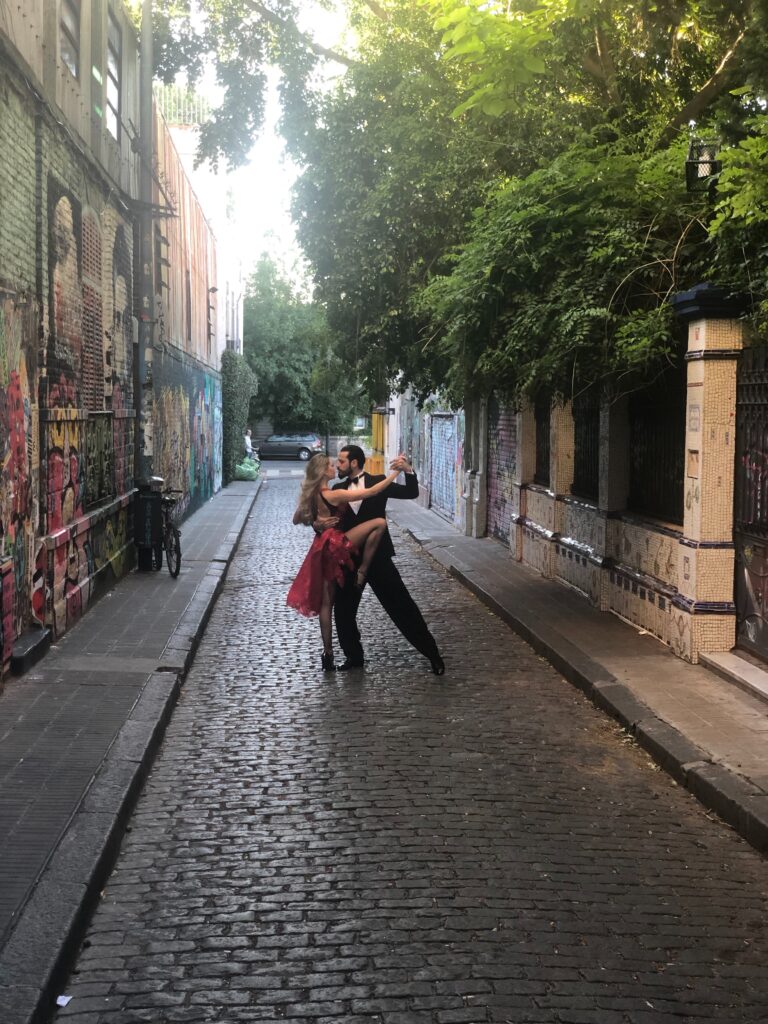
The best time of the year to visit Buenos Aires is Autumn (April to June) or Spring (September to December) for milder temperatures and less tourists. Argentinean Spanish is somewhat different due to Italian influences, but if you’re fluent in Spanish, there should be no problem in managing the differences. Of course, in most tourist areas, most Argentineans speak English fluently.
There are two airports that service private jets: Argentina’s largest airport, Ministro Pistarini International Airport (EZE/SAEZ) which is approximately 45 minutes from downtown Buenos Aires and Jorge Newbery Airfield (AEP/SABE) that serves all domestic flights and is only a mile from downtown which is a more convenient option to hotels and resorts. Upon arrival, there are a number of private cars and limos service companies and rental car companies for reserving to and from your accommodation, as well as public transportation options from taxis, buses, trains, bikes or just walking to get around town
In elevating this dance adventure to a VIP experience, this will, of course mean incorporating luxury accommodations. As with all top international cities, Buenos Aires offers suites and villas accommodations from 4 and 5-star hotels, to all-inclusive resorts, boutique hotels, upscale apartments and private home rentals. The best accommodations also boast of offering restaurants ran by international chefs, remarkable amenities, private cooking lessons, art galleries and over the top gardens planned to the smallest detail to enhance visitors’ stay at their properties.
Based on several travel websites and travel influencers the following are few of the top properties within the downtown area:

There are a number of tango halls located throughout Buenos Aires that offer lessons or if highly skilled, there are opportunities to dance with locals or veterans, including El Beso, Gricel, La Marshall to name a few. Visit Lonely Planet for a full range of halls that hold lessons for visitors.
These sites below give travelers either full historic tours of Argentina’s love affair with the Tango, or assist in planning your visit to coincide with the largest Tango events hosted by the country:
- Narrative Tango Tours
- The World Tango Museum
- Metropolitan Championship of Tango which is the prelude to the World Cup Championships that take place in May.
- International Tango Festival and World Cup which occurs annual in the last two weeks of August that attracts thousands of competitors worldwide.
- National Tango Day and Great Milonga (a more relaxed style of the Tango) takes place on or the nearest Saturday to December 11th to commemorate the birthdays of two men who influenced the growth of the Argentina tango: Carlos Gardel and Julio de Caro. The celebration consists of with outdoor stage performances and street dancing throughout the day and night.
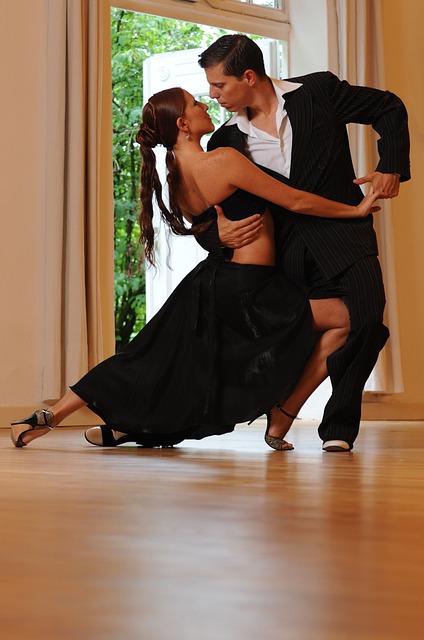
If you still have time in your travel schedule for additional leisure or sightseeing activities, there are a neighborhood stops that offer eclectic boutiques and shopping districts, street fairs, and flea markets. Argentina is passionate about their football with over 15 league teams to root for during the season. In addition, you have a choice of bike tours, street art, gaucho parties, food tours, and wine tours which we will cover in a subsequent blog in the near future. -AJ

Tell us about your love for the Tango in comments section below or on Twitter!
Thank you to the following sources for historical content on Tango Dancing:
Hat Tip to photographers from Pexels and Pixabay for photos featured.
Marko Zirdum – Dancing couple on stage
Vincent Pelletier – Dancers on Cobblestone Street
Luis Fernando Osorio – intimate close up of couple dancing tango
Joakant – musician with accordion
Juancamerlingo – Dancing Couple
Joakant – Dance studio
Gerd Altmann – black and white photo of tango couple
Louise64 – couple posing on street
SHARE POST
Customer Favorites
